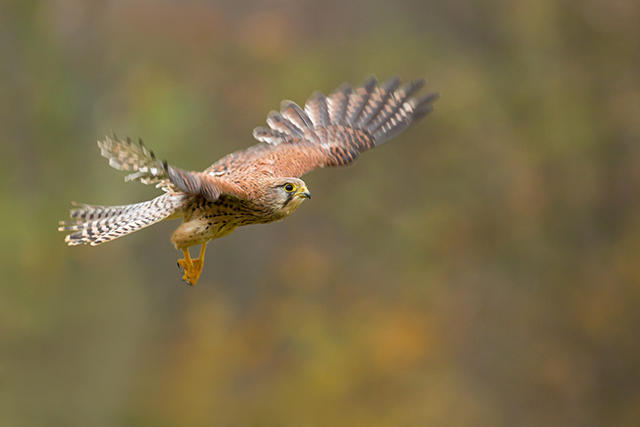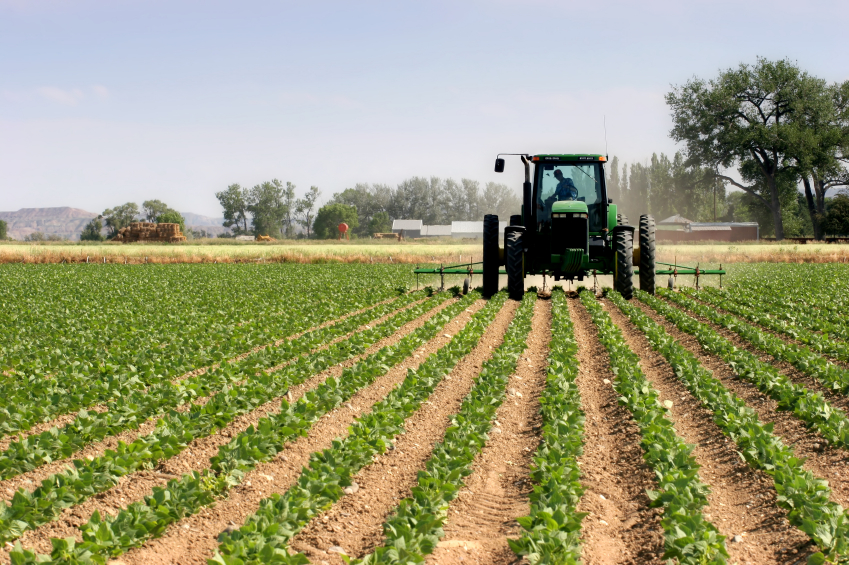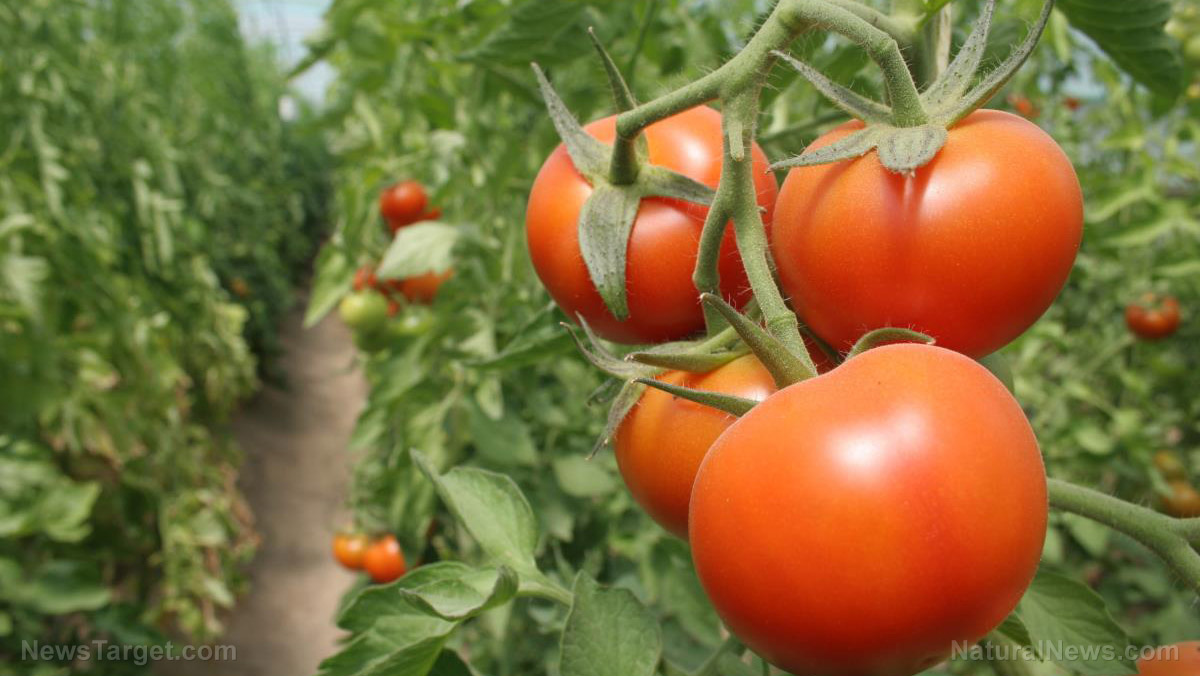
Advertisement
Farmers in northwestern Michigan may have just found a way to hit two birds with one stone, figuratively speaking: They’ve been luring falcons to their farms to naturally cull pests and protect their crops, reducing their dependency on poison and pesticide use along the process.
Since the 1990s, local orchardists have been using kestrels, a small falcon endemic to the U.S., to manage pesky insects, rodents, and other critters that put their crops at risk. The crops in question are cherries, which draw in people the world over to buy local pies and jams – as well as provide a welcome economic boost. It’s not just tourists that the cherries draw in, however. Among other things, voles, weevils, fruit flies, grasshoppers and pest birds also join in the commotion and take their pick, much to the farmers’ disdain. The affair isn’t trivial, to say the least: The damage to crops caused by cedar waxwings, American robins, and other birds can cost the state anywhere north of $4.3 million a year.
That said, farmers have used every novel idea they have to try and drive them away. This has included propane cannons aimed at scaring them away with massive blasts, speakers that play recordings of bird distress calls, even setting up balloons that have scary eyes – all to no avail.
That is until they’ve found an unlikely ally in kestrels. These small falcons eagerly move in when farmers set up nest boxes, and they pay rent by getting rid of a variety of agricultural pests. While farmers primarily see it as cost-effective pest control, they also take part in conservation efforts for the kestrel, whose numbers have been decimated by at least half in the last half-century. (Related: Working with nature to reduce pesticide use: Farmers around the world are rediscovering the increased yields offered by biodiversity.)
This particularly unique idea is spreading. Researchers from the Michigan State University have studied how enlisting the help of other vertebrates who feed on these pests can help farmers in the long run. In their paper, published in the journal Agriculture, Ecosystems, and Environment, they concluded that farmers who use birds, bats, and other vertebrates to help with pest control could increase their profits, reduce harmful pesticide use, and lend a hand in conservation efforts.
“There are species out there that, particularly when they live in agricultural landscapes, are providing services for us, and sometimes we’re not even aware of them,” explained lead author Catherine Lindell. “The more we understand about these services they provide, the more we might be able to enhance those services by giving them the resources they need.”
In the study, Lindell and her co-authors looked at some examples. A study made in New Zealand that reintroduced a threatened, native falcon to New Zealand vineyards, farmers saw an 80 percent decrease in the presence of non-native pest birds and a 95 percent reduction in crop damage – which translated to a savings of $ 300 per hectare. In other areas, European kestrels and barn owl have also been noted to help with rodent control in farms in Spain.
As for the farmers in Michigan, they swear that kestrels are more than enough to scare off pest birds. According to cherry grower Jim Nugent, just having the bird on the farm has provided him a lot of benefits. “Our problems with birds have really dropped off,” he added. “They [kestrels] are quite effective, and it doesn’t require much management on the grower’s part.”
Is it safe for the birds though?
Interestingly enough, the idea of using birds for pest control isn’t new: As early as the 1880s, the U.S. Department of Agriculture has set up an “economic ornithology” unit tasked with studying the viability of the measure. However, the body was scrapped in 1940, during the time that synthetic pesticides started entering the market.
While scientists were quick to catch on the adverse effects of synthetic pesticides – studies about how DDT build-up on birds resulted in thinner eggshells that are unable to protect chicks – the market for synthetic pesticides only skyrocketed. Currently, over one billion pounds of pesticides are consumed in the U.S. per year, despite its potential hazards both to humans and wildlife.
Of the results of the study, Lindell cautions on the simultaneous use of predatory birds and pesticides. For one, the toxins can get into the birds’ systems, potentially killing them.
Lisa Owens Viani, the director of environmental group Raptors Are the Solution, put it best: “We think it’s unfair to put up an owl box and lure an owl to a place where there’s poison being used. The bottom line: Do we want them to help us control rodents, or do we want to poison them?”
Learn even more natural ways to increase your crop yield by heading to Harvest.news today.
Sources include:
Advertisements







